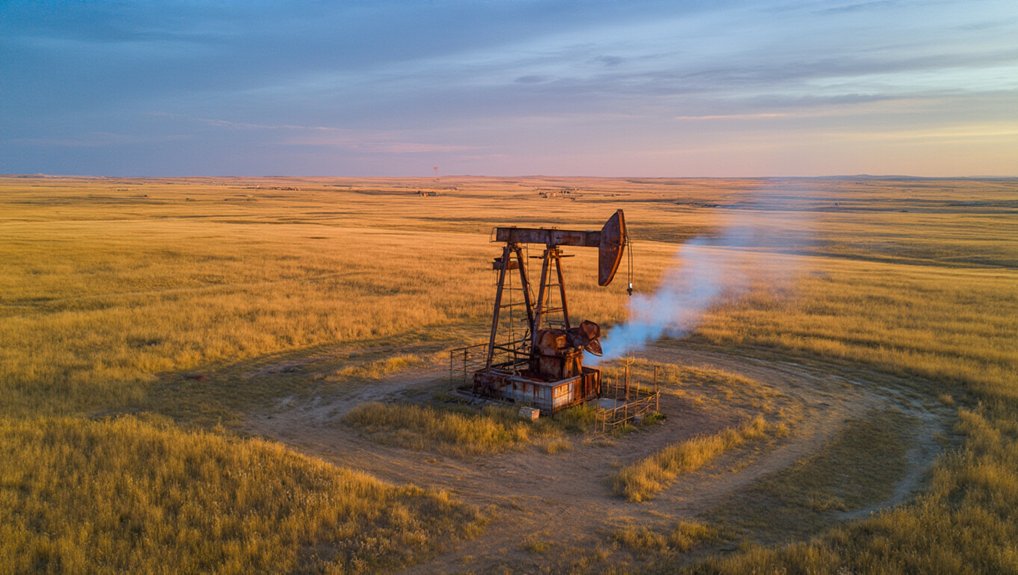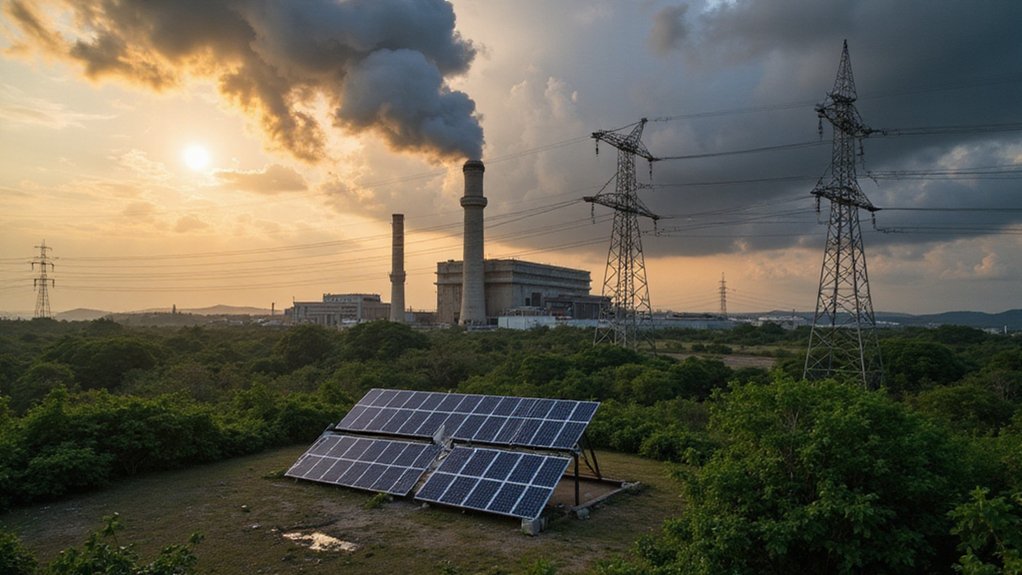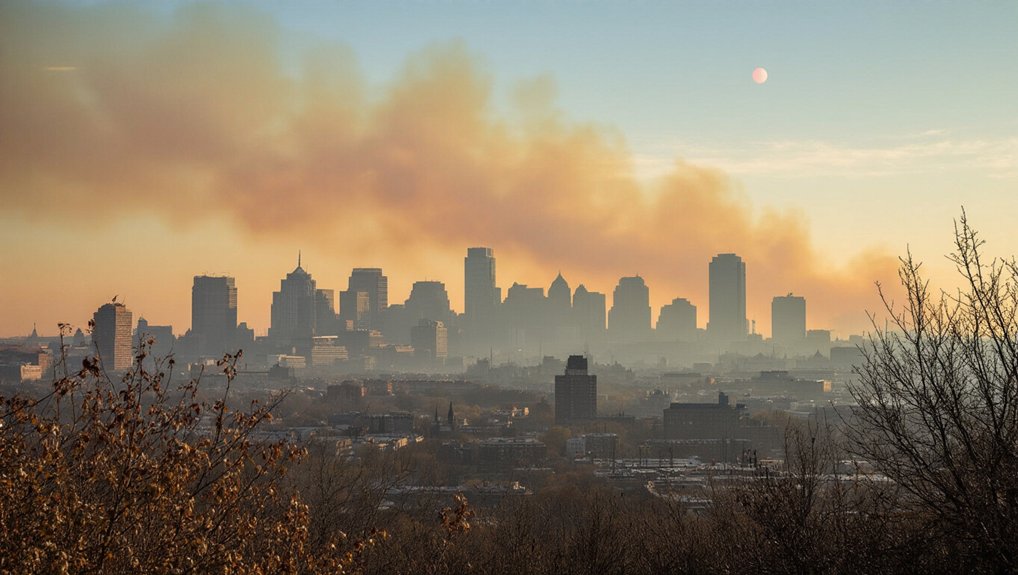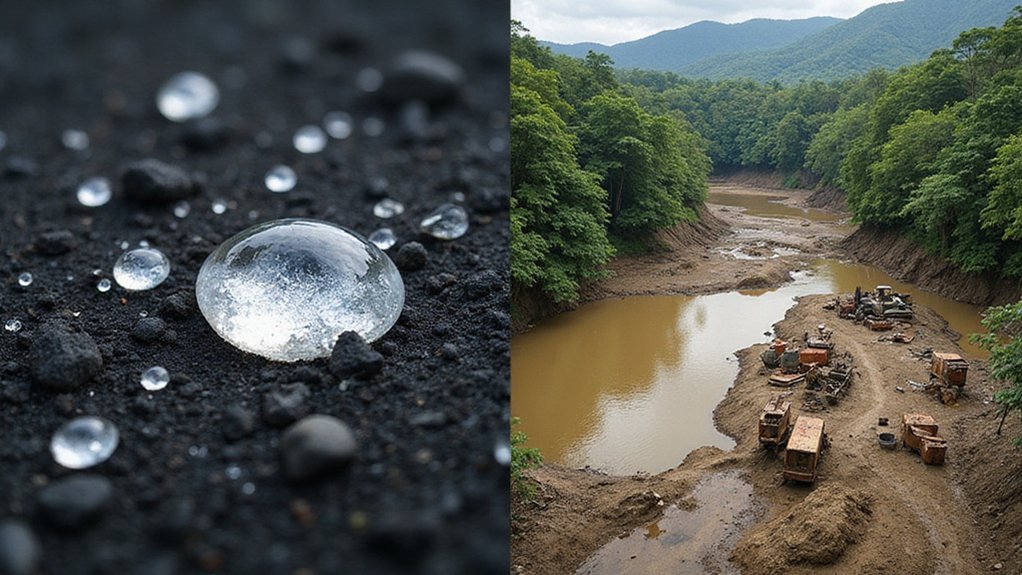Canada’s forgotten oil wells are spewing methane like nobody’s business. McGill researchers found 425,000 inactive wells leaking seven times more than government reports claim – that’s 230 kilotonnes yearly, not the official 34. These climate time bombs trap 80 times more heat than CO2. One Alberta well alone pumps out enough gas annually to heat a home for 34 years. The government’s tracking? A joke. The real numbers paint a much uglier picture.
Hundreds of thousands of old oil wells across Canada are leaking methane like broken faucets, and nobody really knew how bad it was until now. McGill University researchers just dropped a bombshell: methane emissions from inactive wells are seven times higher than what the government’s been telling us. We’re talking 230 kilotonnes per year versus the 34 kilotonnes in Canada’s National Inventory Report. Oops.
The numbers are staggering. Over 425,000 inactive oil and gas wells sit abandoned across Canada, mostly in Alberta and Saskatchewan. These researchers measured just 494 wells – barely 0.1% of the total – and found disaster. One Alberta well is spewing approximately 9 cubic meters of gas every hour. That’s 78,840 cubic meters annually from a single hole in the ground. It’s the highest emission rate ever recorded from a non-producing well in North America.
425,000 abandoned wells leak disaster. One Alberta zombie spews 78,840 cubic meters yearly.
This isn’t just about numbers on a spreadsheet. Methane traps 80 times more heat than carbon dioxide over 20 years. The emissions from 400,000 inactive wells equal the pollution from 1.5 million cars. Let that sink in. These dormant wells are climate time bombs, and they’re everywhere. The worst culprits are unplugged gas wells, which account for a disproportionate share of the total methane leaking into the atmosphere. Emissions escape through wellhead infrastructure or surface casing vents, pointing to different types of well integrity failures that require specific remediation approaches.
The regional data tells its own story. In Lloydminster, 43% of methane emissions come from inactive sites. Alberta and Saskatchewan host 87% of all abandoned wells in Canada. That super-emitter in Alberta? It releases enough gas to heat an average Canadian home for nearly 34 years. From one dead well.
The government’s greenhouse gas inventory is basically fiction at this point. A Carleton University study shows industry-wide methane emissions are underestimated by about 50%. The McGill team used chamber-based methods to directly measure emissions, analyzing everything from well age to depth to plugging status. Their findings, published in Environmental Science & Technology, expose massive gaps in how Canada tracks and manages methane.
These zombie wells represent just one piece of the methane puzzle. Total emissions from Western Canada’s oil and gas sector hit 1,922 kilotonnes in 2021. The regulatory approach is broken, the monitoring is inadequate, and the reporting is a joke.
References
- https://phys.org/news/2025-06-methane-leaks-dormant-oil-gas.html
- https://ui.adsabs.harvard.edu/abs/2023AGUFM.H51M1261K/abstract
- https://www.policyschool.ca/wp-content/uploads/2023/06/Kang_McGill_presentation.pdf
- https://www.resilience.org/stories/2023-12-12/alberta-sets-a-methane-super-emitter-record/
- https://online.ucpress.edu/elementa/article/10/1/00014/185524/Active-and-inactive-oil-and-gas-sites-contribute









